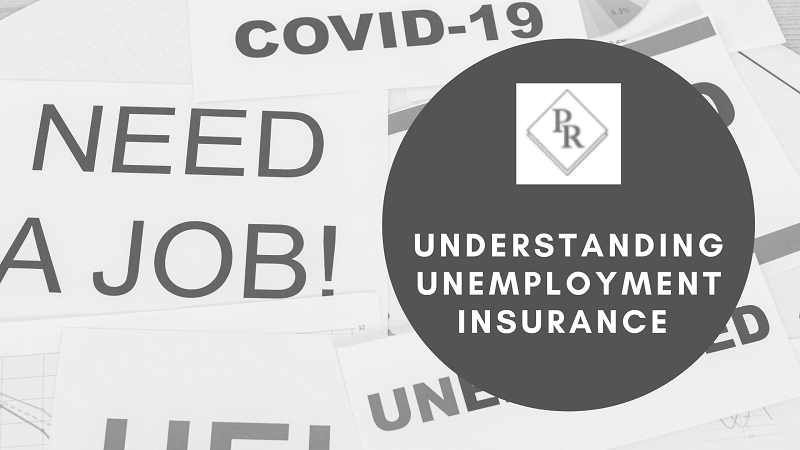Through its various unemployment insurance programs, the US Department of Labor provides unemployment benefits to eligible unemployed workers for up to 26 weeks. These benefits help laid-off workers get by during difficult economic times and keep the economy running amid recessions. For instance, as of June 2020, an estimated 7.7 million Americans had lost their jobs due to the pandemic-induced recession, causing unemployment insurance claims to spike. Here’s a detailed look at unemployment insurance and how it has evolved post-pandemic.
Unemployment Insurance During Ordinary Times
Unemployment insurance typically covers about half of an out-of-work employee’s previous income for a specific period, which varies by state. The state disburses weekly payments to eligible workers who have filed their claims. However, the worker must be actively looking for a job during this time. The number of lay-offs is usually low during ordinary times, resulting in fewer initial claims. Even so, most unemployed citizens don’t get unemployment benefits during such times, mainly because of stringent eligibility requirements.
Who Is Eligible for Unemployment Insurance Benefits?
Since the eligibility requirements vary across state lines, the unemployment benefits recipiency rate varies too, typically ranging from 30% to 50%. To be eligible for unemployment benefits during ordinary economic times, you need to:
- Have been involuntarily laid off
- Be actively looking for a subsequent job
- Have been formerly employed on a full-time basis
Ineligible groups include students, undocumented workers, freelancers, self-employed individuals, and individuals re-entering the labor force after voluntarily leaving work. Being a low-income earner also lowers your chances of qualifying for unemployment benefits.
Who Funds Unemployment Insurance Program?
The government obtains unemployment insurance funds from employer taxes and the Federal Unemployment Tax Act (FUTA) tax. FUTA taxes are typically 6% of the first $7000 of every employee’s earnings. The federal government allows states to borrow from the Treasury in case they exhaust their unemployment benefit reserves. Therefore, to ensure that they repay their debts on time or avoid borrowing altogether, each state stipulates its unemployment benefits eligibility requirements as well as the amount and period of payment. For instance, although you’re entitled to get these benefits for 26 weeks provided you qualify, your state can decide to fund you for only 12 weeks, especially during recessions. Depending on the availability of funds, the state can also increase your benefits and extend the payment period.
Unemployment Insurance During the Pandemic
The COVID-19 recession led to a significant increase in the unemployment rate in the US. Consequently, as of May 2020, more than 36 million people had filed for unemployment benefits. Unfortunately, more than 40% of them missed out on the benefits due to a surge in demand and long delays, with low-income earners being hit the hardest. The good news is that during the pandemic, the federal government increased unemployment benefits as well as the payment period to cater to unemployed citizens. Additionally, the eligibility requirements became less stringent, enabling previously ineligible applicants to benefit from the unemployment insurance program. Specifically, through the CARES Act, the government waived the work history requirement and extended unemployment benefits to part-time workers, freelancers, and self-employed citizens.
Enhance Your Unemployment Insurance Coverage
Although each state runs its unemployment insurance program, you can also purchase a private unemployment insurance policy from a reputable insurance agency. When you are ready to learn more, all you have to do is call our agents at Premier Risk, LLC. We have the answers you need and can guide you through the process of choosing a policy and making it your own.










